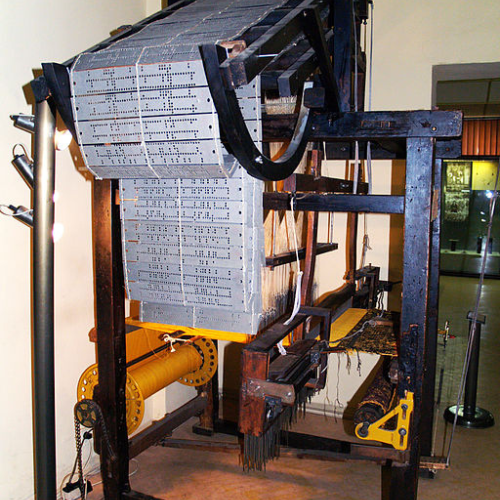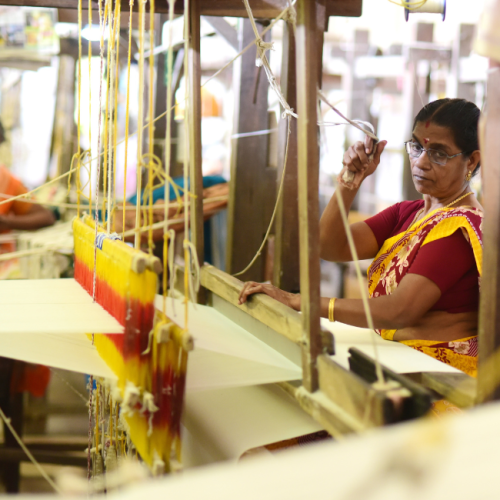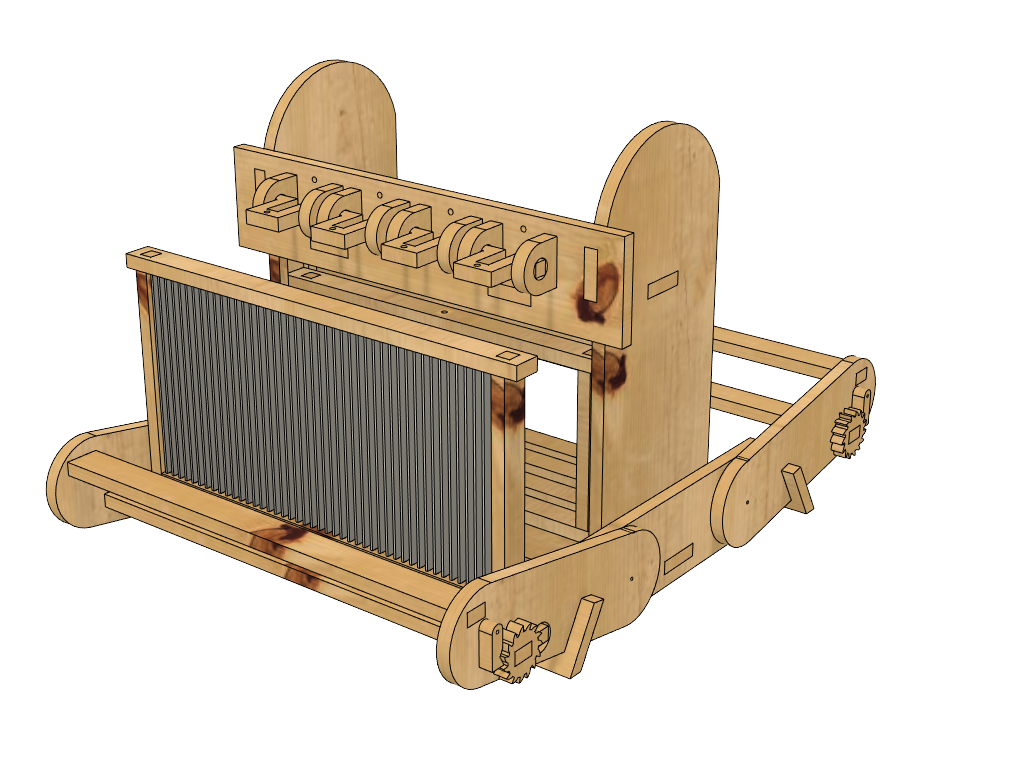The target audience for the Smart Handloom Project will be design students, weavers, COVID migrants with weaving knowledge, craft collectives, smart textile developers.
There are about 1900 design colleges in India, with an average of 50 students per college. The design student universe is 95,000 students, who will benefit from a new way to explore handloom design and an easier way to collaborate with the weavers.
According to the All India Handloom Census there are about 40 million weaving families in India, the project looks at reaching about 10% of the weaving families, and help in social and financial empowerment during COVID and beyond.
The economic downturn due to COVID has affected about 40 million internal migrant workers, who could possibly find new job opportunities during the pandemic.
There are about 150,000 workers in the craft sector in the Europe who will benefit from the opportunity to explore new materials and technology.
Additionally there are about 2000 smart textile practitioners who get a new interface for smart textile production while working directly with artisans.


